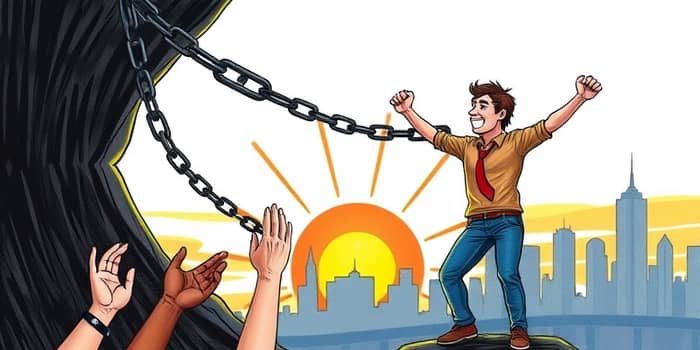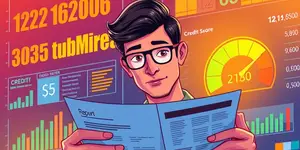
When unexpected expenses hit, the lure of a payday loan can feel irresistible. Advertisements promise quick cash for emergency needs, instant approval, and no credit check. Yet these enticing offers often lead to deeper financial troubles, trapping borrowers in a cycle of debt that grows with every rollover fee.
Across the United States, over 20 million payday loans were issued in 2022, totaling nearly $8.6 billion in loan volume. Borrowers paid a staggering $2.4 billion in fees—an increase of $200 million from the year prior—revealing the true cost of this predatory industry. In states like Texas, fees alone reached $1.3 billion, draining resources from communities already struggling to make ends meet.
Rather than succumbing to short-term fixes that compound hardships, there are step toward lasting financial stability through safer, regulated alternatives. This article explores the payday lending crisis, highlights who is most affected, and offers practical solutions for avoiding high-cost debt traps.
Payday lending companies market small-dollar advances with minimal requirements—usually an ID, proof of income, and a bank account. Approval can take under 30 minutes, making these loans appealing when time is tight. However, the average APR on a payday loan soars to nearly 400%, and 80% of borrowers cannot repay on the original due date.
When repayments fail, lenders permit rollovers for additional fees. These fees often exceed the original loan amount, creating cycles of repeated borrowing and fees that leave borrowers owing more than they initially borrowed. Research shows that 75% of payday loan users are repeat customers, with many trapped in the system for months or years.
The most common payday loan borrowers are underbanked or have no access to traditional banking. Recent immigrants, low-income families, young adults with student loans, and divorced or separated parents are particularly vulnerable. Black and Hispanic communities also face disproportionate impacts, widening existing economic disparities.
Consider Maria, a single mother of two who took out a $300 payday loan to cover a car repair. When her payment arrived, she couldn’t afford the $45 fee plus the principal. She rolled it over twice, paying over $100 in fees before finally clearing the debt—only to face new emergencies the next month. Her story is far from unique.
Beyond high APRs, payday loans carry hidden costs. Insufficient funds charges, bank overdraft fees, and credit score damage can follow a missed payment. These burdens erode borrower confidence and financial security, making it harder to build savings or access affordable credit in the future.
This economic drain does not just affect individuals. When low-income families divert a significant portion of their income to fees, local economies lose out on spending power. Neighborhoods with dense payday lender storefronts often lack essential community resources, perpetuating a cycle of poverty.
State policies vary widely. Payday lending is banned or capped at a 36% APR in 18 states and Washington D.C., while 32 states allow the practice with few restrictions. Notably, Colorado, Hawaii, Ohio, and Virginia have reformed their laws, replacing payday loans with affordable installment options that spread repayments over several months.
Retail storefronts also concentrate in specific regions. California leads with 2,451 locations, followed by Texas (1,675), Tennessee (1,344), and Mississippi (1,100). In these states, payday lender density often surpasses that of fast-food chains, underscoring how deeply embedded this industry has become.
Fortunately, there are accessible options that avoid the debt spiral. Nonprofit credit counseling, credit union loans, and employer-based advances can bridge financial gaps without predatory costs. Below are some reliable resources:
In contrast to small-dollar, high-cost short-term loans, these alternatives emphasize affordability, transparency, and sustainable repayment. Borrowers can protect their finances while addressing urgent needs.
Empowering consumers begins with knowledge. Financial education workshops, community forums, and online resources can demystify credit products and encourage smart money habits. Advocates can lobby for stronger protections, support state reforms, and demand accountability from lenders.
By choosing credible alternatives over payday loans, individuals reclaim control over their finances. It’s a collective effort: community organizations, policymakers, employers, and financial institutions must collaborate to expand access to fair credit. Together, we can ensure that no one feels forced into highly vulnerable to debt traps when unexpected costs arise.
Every step toward an alternative represents a victory for long-term security. Whether it’s enrolling in a credit union or attending a budgeting workshop, each action builds resilience. Embrace the resources around you, share knowledge with neighbors, and advocate for change—these are powerful ways to break free from predatory cycles and step into financial freedom.
References













